OnePlus 8 vs OnePlus 8 Pro: Which should you buy?
Our OnePlus 8 vs OnePlus 8 Pro comparison spells out all the differences between these two Android phones
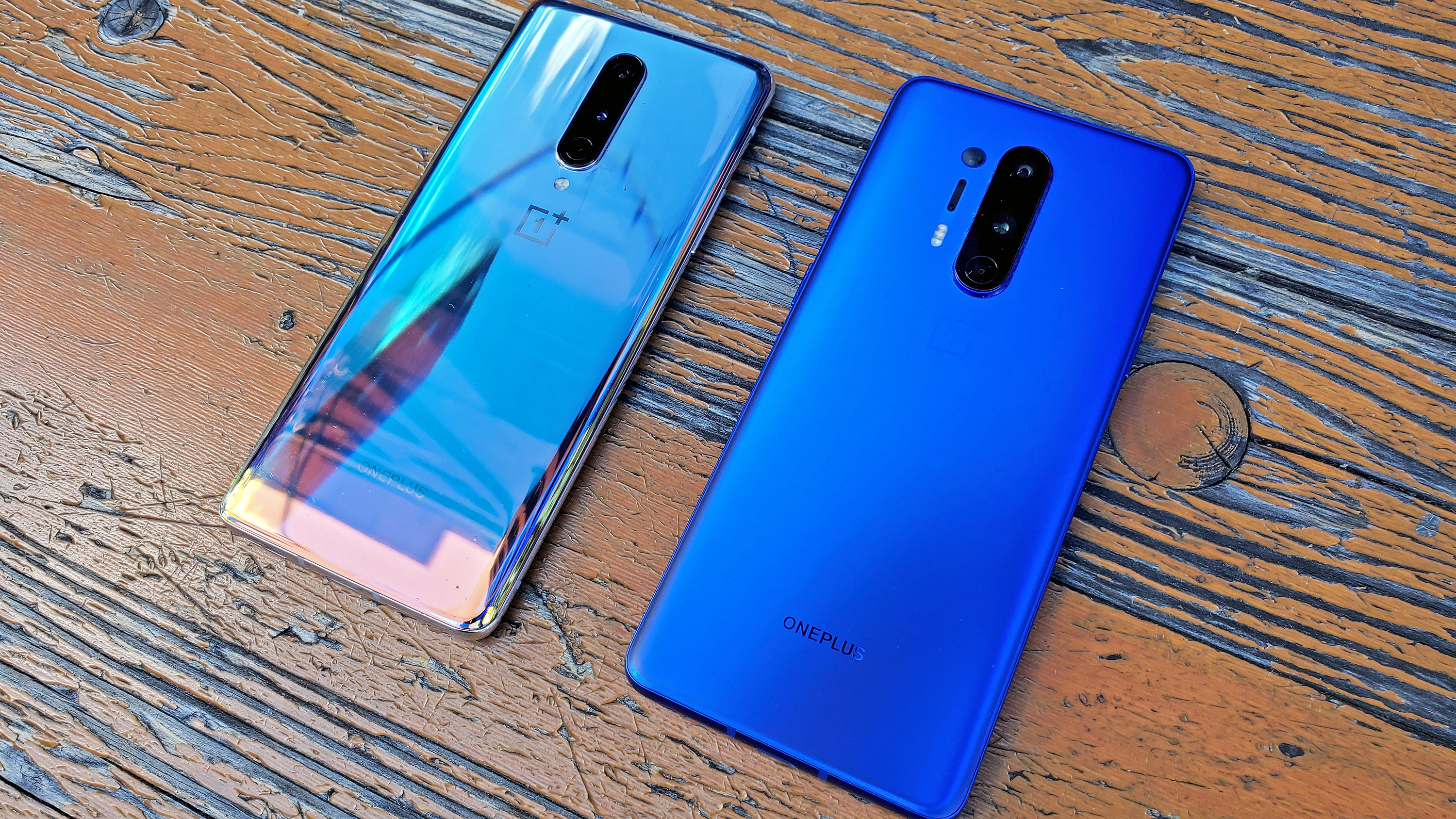
Like most other smartphone makers, OnePlus’ latest batch of handsets comes in two flavors: the $699 OnePlus 8 and the $899 OnePlus 8 Pro.
Typically with different sizes or “Pro” models of phones, you see slight variations — possibly a nicer screen here, or an extra camera lens there. However, the OnePlus 8 and 8 Pro really are two completely different devices, outfitted with unique designs, displays, cameras, batteries, charging systems, RAM and even 5G capabilities.
At the end of the day, the OnePlus 8 duo is really only similar in name only. In this OnePlus 8 vs OnePlus 8 Pro comparison, we’ll take a deeper look at all the ways in which the company’s hotly-anticipated handsets differ — and offer our recommendation on which you should purchase depending on your needs.
- The best Android phones at every price
- The best camera phones you can buy today
OnePlus 8 vs OnePlus 8 Pro: Specs
| Model | OnePlus 8 | OnePlus 8 Pro |
| Price | $699/$799 | $899/$999 |
| Display | 6.55-inch AMOLED (2400x1080) | 6.78-inch AMOLED (3168x1440) |
| Max refresh rate | 90Hz | 120Hz |
| CPU | Snapdragon 865 | Snapdragon 865 |
| RAM | 8GB/12GB (LPDDR4X) | 8GB/12GB (LPDDR5) |
| Storage | 128GB/256GB | 128GB/256GB |
| Rear cameras | Triple-lens: 48MP wide (ƒ/1.75); 16MP ultrawide (ƒ/2.2); 2MP macro (ƒ/2.4) | Quad-lens: 48MP wide (ƒ/1.78); 48MP ultrawide (ƒ/2.2); 8MP telephoto (ƒ/2.44); 5MP color filter (ƒ/2.4) |
| Front camera | 16MP (ƒ/2.45) | 16MP (ƒ/2.45) |
| Battery size | 4,300 mAh | 4,510 mAh |
| Charging | Warp Charge 30T wired | Warp Charge 30T wired; 30-watt wireless |
| 5G connectivity | Sub 6-GHz, mmWave (Verizon only) | Sub 6-GHz |
| Water resistance | No rating; IP68 for Verizon and T-Mobile models | IP68 |
| Weight | 6.30 x 2.87 x 0.31 inches | 6.50 x 2.92 x 0.33 inches |
| Weight | 6.34 ounces | 7.01 ounces |
OnePlus 8 vs OnePlus 8 Pro: Pricing and carriers
There’s a $200 gap between the 6.55-inch OnePlus 8, which starts at $699, and the 6.78-inch OnePlus 8 Pro, which starts at $899. Both models come with 8GB of RAM and 128GB of storage by default, but you can upgrade each to 12GB of RAM and 256GB of storage for an extra $100. OnePlus devices don’t have slots for microSD expandability, so you’re pretty much stuck with the capacity you select when you purchase the phone.
While the OnePlus 8 Pro will only be sold unlocked and not through carriers in North America, the regular OnePlus 8 will make it to Verizon and T-Mobile. There is one important difference, however: Only the Verizon OnePlus 8 variant will support millimeter-wave 5G, with all other models (unlocked or otherwise) limited to sub-6GHz. Additionally, if you buy the OnePlus 8 through Verizon, it will also cost $100 more to match its enhanced 5G capabilities.
One more retail note: for the first time, OnePlus is selling its latest handsets on Amazon, in addition to its website and those aforementioned carriers. Both phones go on sale everywhere on April 29.
OnePlus 8 vs OnePlus 8 Pro: Display
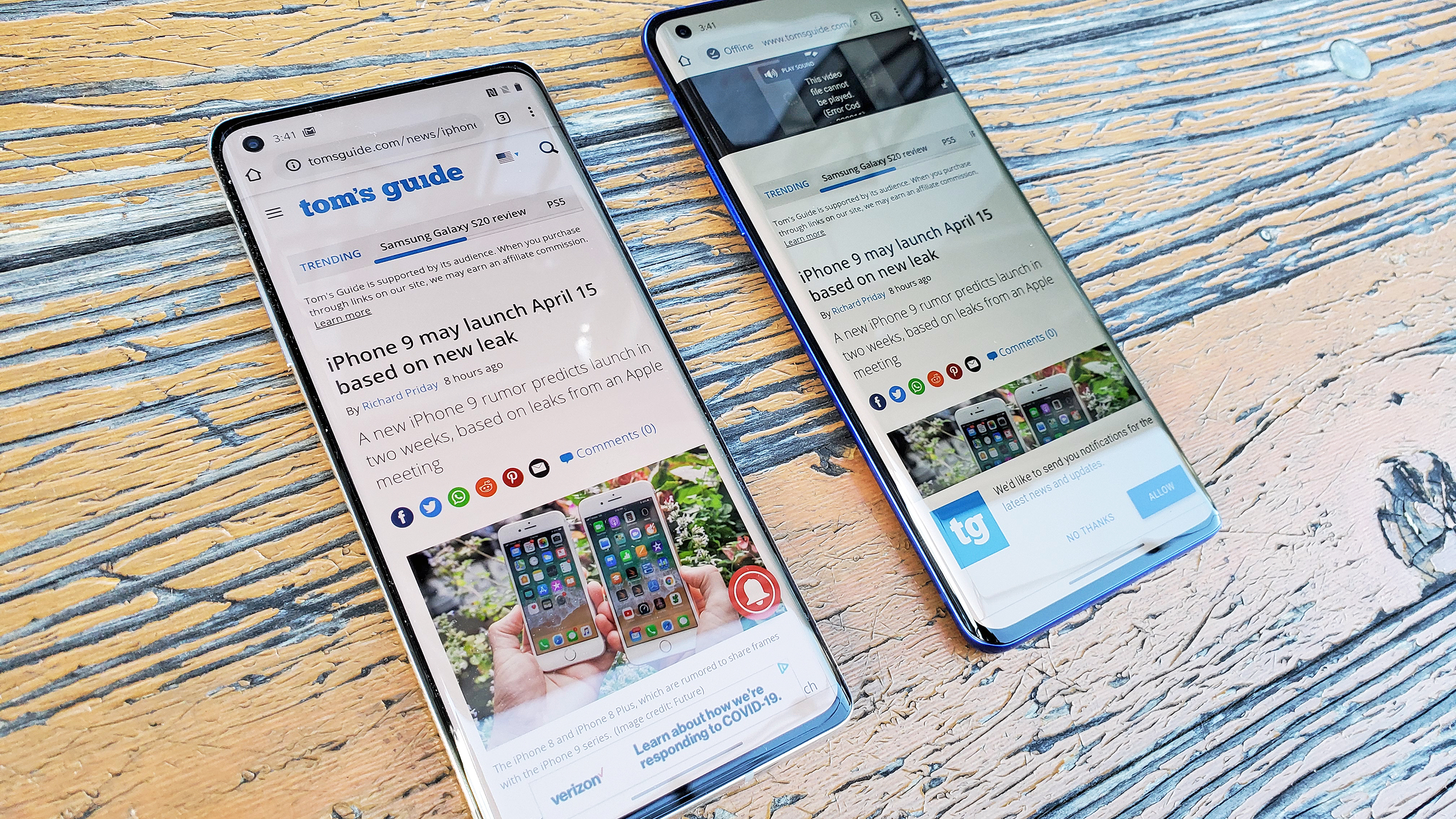
While both OnePlus 8 models have fast-refresh displays, it's the OnePlus 8 Pro that unsurprisingly brings much more to the table. That 6.78-inch device offers a quad-HD+ resolution and a peak refresh rate of 120 Hz, making for animations twice as smooth as what you’ll find on conventional 60 Hz smartphone displays. The regular OnePlus 8’s 6.55-inch panel packs a full-HD+ resolution and a lower maximum refresh rate of 90 Hz.
Both phones utilize AMOLED screens and come HDR-10+ certified, meaning they’ll display a wide dynamic range of color in supported media apps, like Netflix. The OnePlus 8 Pro, however, benefits from an exclusive, dedicated MEMC chip that can upscale 60 Hz content to 120 Hz, similar to the animation smoothing technology on some TV sets. This setting is optional on the 8 Pro and can be turned off.
The OnePlus 8 Pro’s panel also filters out 40% more blue light, both compared to OnePlus’ previous devices as well as the standard OnePlus 8. That should make it easier on the eyes, especially when being viewed at night.
OnePlus 8 vs OnePlus 8 Pro: Cameras
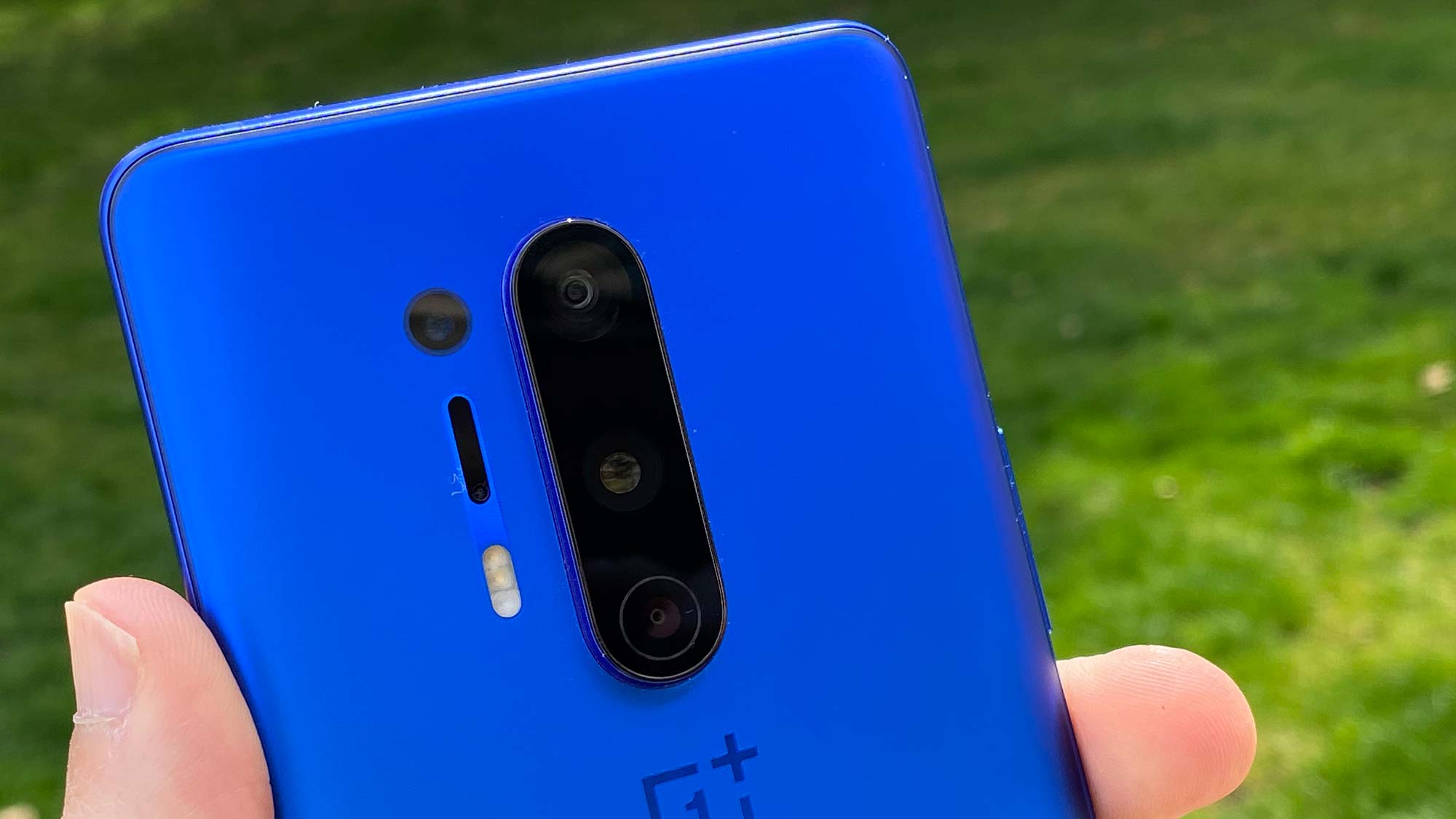
The OnePlus 8 Pro has four cameras to the regular model’s three, but the difference between the imaging stacks in both models is about quality as well as quantity.
Given how it looks on paper, you’d think that both of OnePlus’ latest phones share the same 48-megapixel primary wide lens. However, the Pro employs Sony’s newer IMX689 sensor, whereas the component in the OnePlus 8 is of the older, IMX586 variety.
The Pro’s main sensor is bigger as well, with larger, 1.12-micron pixels, compared to the 0.8-micron pixels on the cheaper variant. And as any photographer knows, larger sensor pixels translate to greater light sensitivity, and greater light sensitivity means better photos.
On the Pro, a 48-MP ultrawide camera, 8-MP telephoto with 3X optical zoom and 5-MP color filter camera round out the repertoire of lenses. The color filter lens is an interesting one — OnePlus says it’s designed to produce filter effects that look better than if the device simply relied on software alone to manipulate the image. However, we didn’t come away all that impressed with the results from that filter lens in our OnePlus 8 Pro review, and so we wouldn’t call it a big perk for the pricier variant.
The regular OnePlus 8 makes do with a 16-MP ultrawide lens and 2-MP macro camera in addition to its primary wide-angle optic. The macro lens takes the place of the telephoto in the OnePlus 8 Pro, though we really wish the cheaper device had a telephoto of its own. Without a dedicated optical zoom lens, the OnePlus 8 can only deliver 2x zoom by cropping into the feed from the main 48-MP sensor.
Overall, we’ve found that while neither OnePlus 8 model surpasses the camera quality you get from the iPhone 11 Pro, Pixel 4 or even the Samsung Galaxy S20 in some cases, the Pro version delivers the better photography of the two more often than not.
Images taken with the OnePlus 8 Pro seem to be sharper and more consistently in focus than those captured on the regular OnePlus 8. Looking at the first photo comparison above, the ripples in the lake and windows of the building at the center of the frame illustrate this, as does the brick surface of the building in the second example. However, the Pro model also appears to have a predisposition toward cooler tones, while the less-expensive model exhibits a somewhat red cast.
OnePlus 8 vs OnePlus 8 Pro: Performance
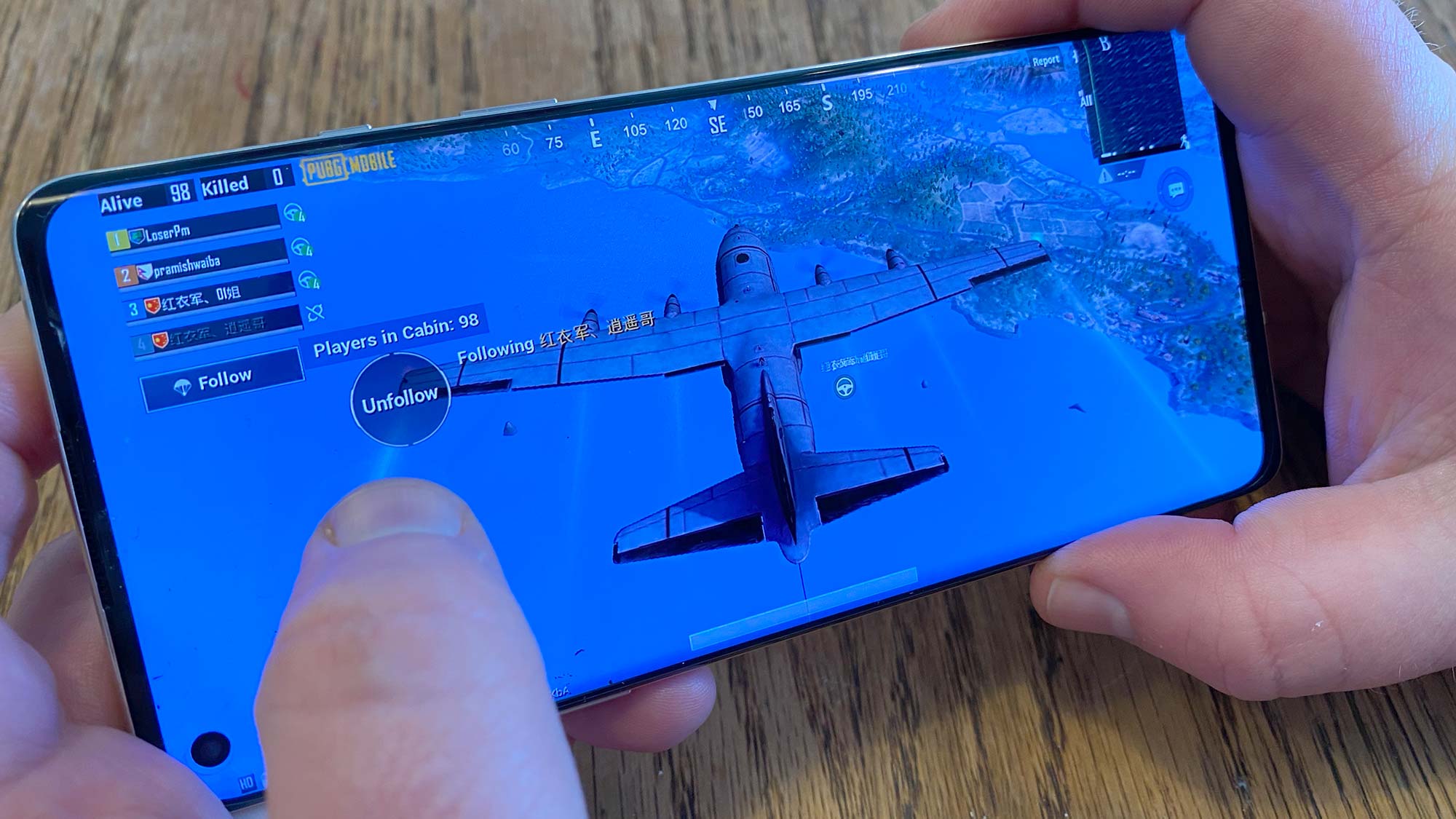
Both the OnePlus 8 Pro and OnePlus 8 feature Qualcomm’s premium Snapdragon 865 system-on-chip and at least 8GB of RAM. You can upgrade to 12GB in either model for an extra $100, though it must be said that the memory in the OnePlus 8 Pro is of a higher quality: LPDDR5 RAM versus the regular OnePlus 8’s LPDDR4X RAM. According to OnePlus, LPDDR5 memory is 30% faster than LPDDR4X, but consumes 20% less power.
No matter which new OnePlus handset you choose, you’ll get a seriously fast experience. Even despite the RAM disadvantage, the regular OnePlus 8 barely claimed the higher multicore score in the system-wide Geekbench 5 test, with a 3,387-point result to the OnePlus 8 Pro’s 3,379 points. Both devices also churned out identical video transcoding times of 1 minute, 43 seconds when converting a 4K video to 1080p using the Adobe Premiere Rush app.
Turning attention to gaming performance, the cheaper OnePlus 8 delivered 1,322 frames at 21 frames per second in GFXBench’s high-tier Aztec Ruins Vulkan graphics test, compared to 1,313 frames at 20 fps for the Pro. Both benchmarks illustrate you’re not likely to notice any discrepancy in performance when using either model.
OnePlus 8 vs OnePlus 8 Pro: Battery and charging
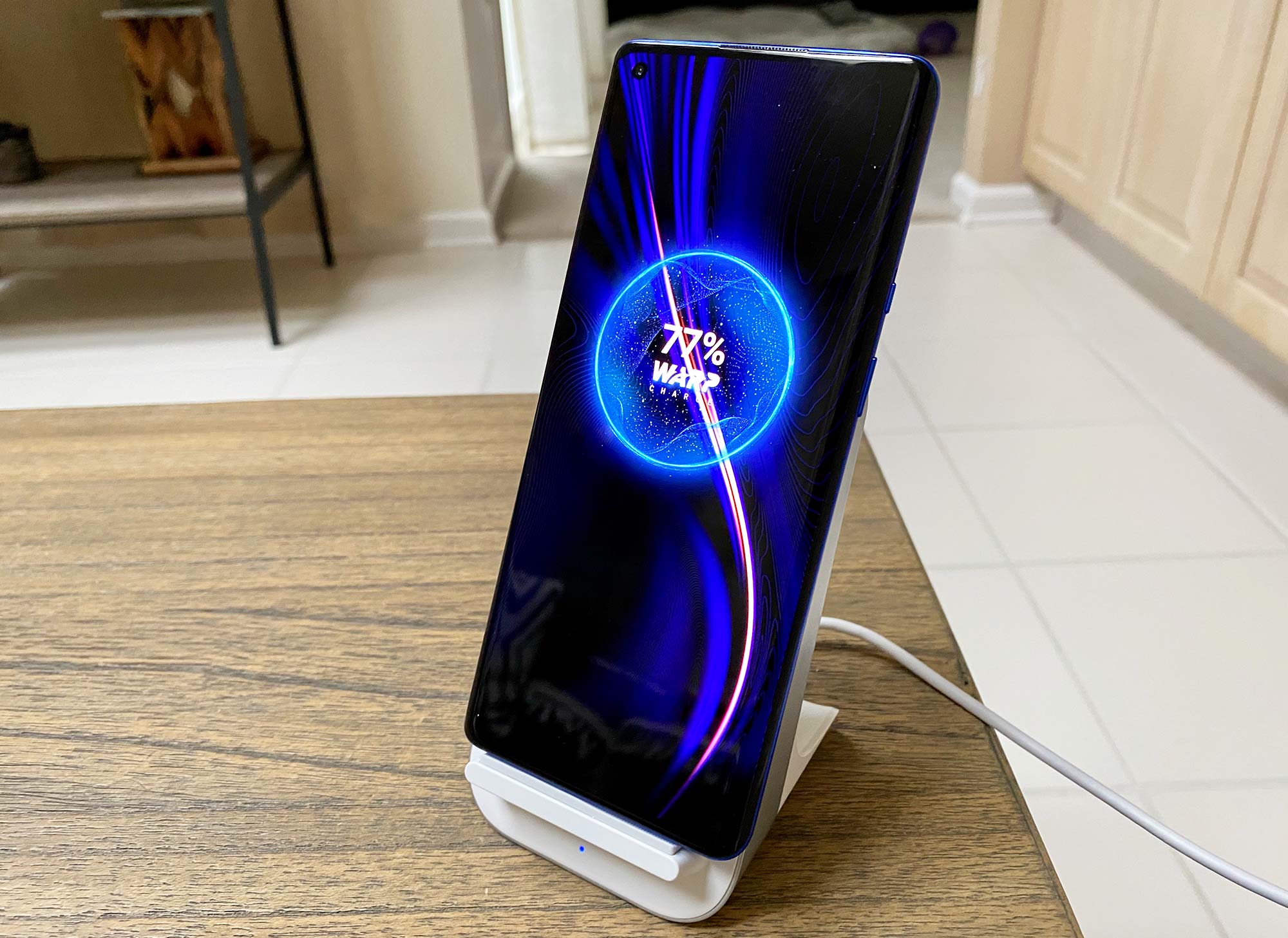
OnePlus’ new phones compare favorably in terms of battery size: the OnePlus 8 Pro has a 4,300-mAh cell, whereas the OnePlus 8 Pro’s weighs in at 4,510 mAh.
Both new OnePlus phones delivered nearly-identical longevity in Tom’s Guide’s custom battery test, where devices continuously load web pages over a T-Mobile data connection. The OnePlus 8 lasted for 11 hours and 4 minutes, while the OnePlus 8 Pro endured just one minute longer.
However, that was on the lowest, 60-Hz refresh rate. When we ratcheted both devices’ panels up to the maximum fluidity — 90 Hz for the OnePlus 8 and 120 Hz for the OnePlus 8 Pro — their runtimes dropped to 9:55 and 9:02, respectively. Therefore, you can expect roughly 20% shorter battery life on the Pro model if you opt for those silky-smooth animations.
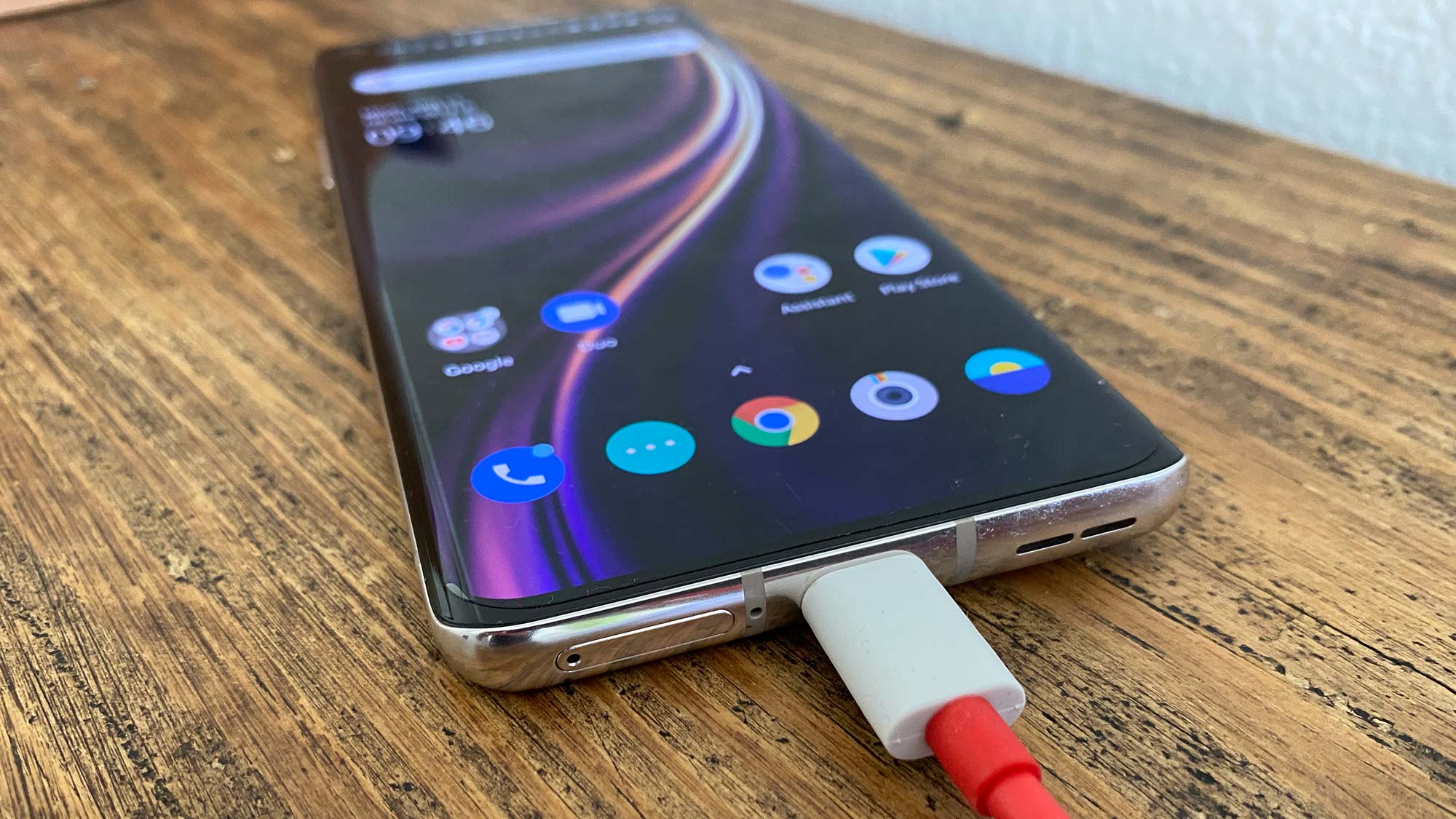
While both devices benefit from OnePlus’ trademark Warp Charge 30T technology, which delivers well over 60% of juice in a half hour, the OnePlus 8 Pro has ultrafast wireless charging as well. Called Warp Charge 30 wireless, this system also pushes 30 watts of power — just like the wired adapter the phone comes with — and can take the Pro model to 53% in just 30 minutes.
That makes the OnePlus 8 Pro far and away the fastest wireless charging phone we’ve ever tested. Even the Samsung Galaxy S20 range only tops out at 15 watts for wireless charging. Additionally, the OnePlus 8 Pro can wirelessly charge other devices in reverse — like a pair of wireless earbuds, for example — just like Samsung’s and Huawei’s top models.
It's important to point out that OnePlus doesn't sell its wireless charger with the phone, and you'll have to spend an additional $65 on top of the price of the OnePlus 8 Pro for the privilege. But even if you don't use OnePlus' special charging system, the Pro supports Qi induction at 5-watt and 10-watt speeds.
OnePlus 8 vs OnePlus 8 Pro: Colors and water resistance
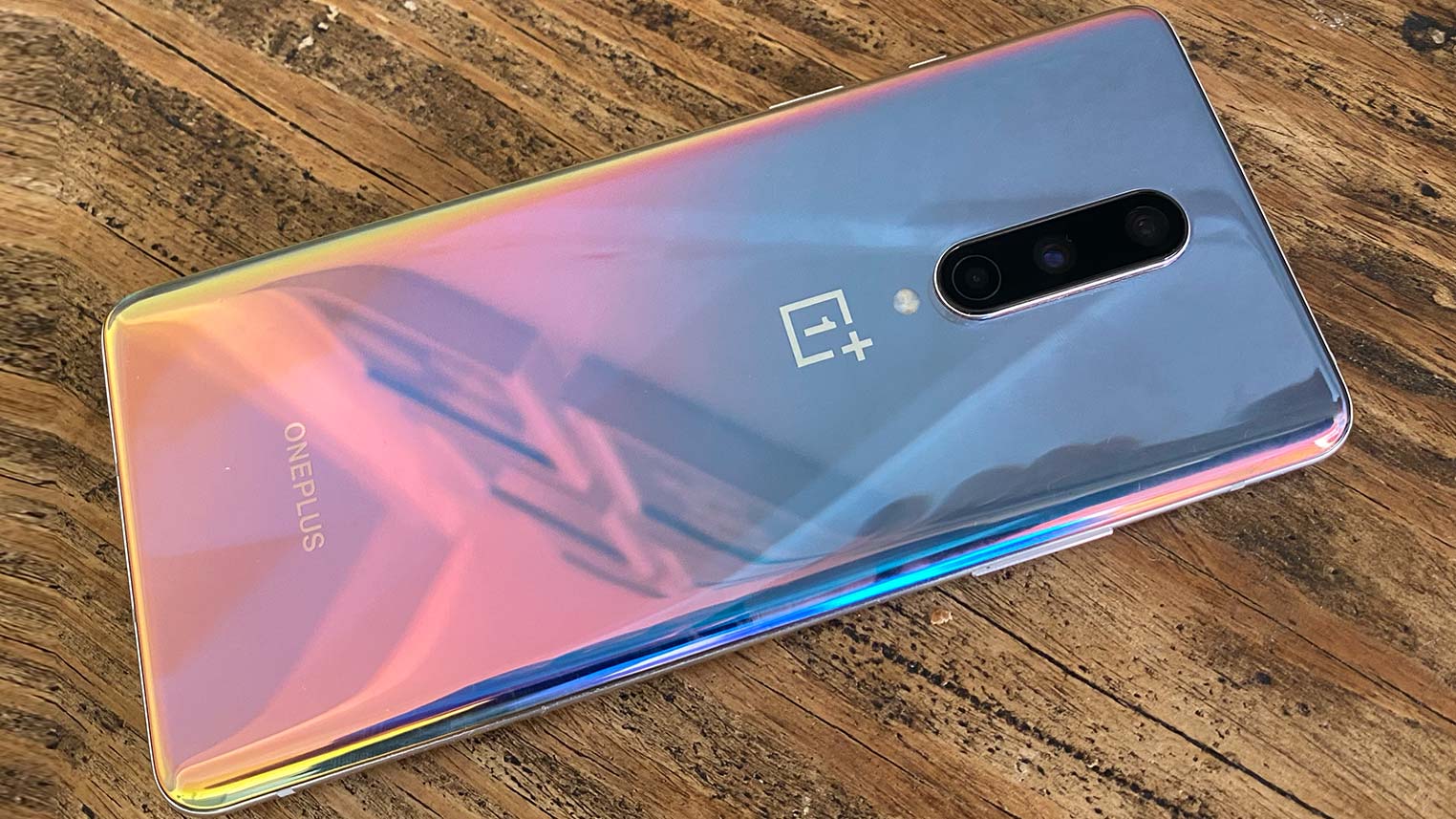
Outwardly, the OnePlus 8 and 8 Pro look quite similar — even down to their hole-punch front-facing camera cutouts, and their steeply-sloped screens that unfortunately result in frequent unintended touches, according to our reviews of both models.
The OnePlus 8 comes in three colors: Onyx Black, Glacial Green and the iridescent lnterstellar Glow. The OnePlus 8 Pro comes in the same first two colors, but swaps the Glow shade for Ultramarine Blue.
And then there’s the issue of water resistance. The OnePlus 8 Pro is rated IP68 water resistant, meaning it can survive being submerged in up to 5 feet of water for a maximum of 30 minutes. Sounds simple enough, but here’s where it gets confusing for the $699 OnePlus 8.
Interestingly, OnePlus didn’t go to the same lengths to certify the cheaper model in the same way. While the company says it subjected the $699 OnePlus to the same internal testing as the more expensive model, it didn’t verify that with independent third-party tests — and so that phone, technically, cannot be deemed water resistant.
Unless, that is, you purchase the OnePlus 8 through Verizon or T-Mobile. It seems that while OnePlus didn’t deem water resistance certification worth the expense for the handsets it ships unlocked, those two carriers had other ideas — and so their phones are, indeed, IP68 certified. On Verizon at least, it's possible that additional testing contributed, at least in part, to the phone's $100 price hike compared to the non-carrier OnePlus 8.
OnePlus 8 vs OnePlus 8 Pro: Verdict
For all the OnePlus 8 Pro’s advantages over its lower-priced sibling, many prospective buyers will ask themselves whether all those perks truly warrant dropping an extra $200 over the standard OnePlus 8. Especially considering we’re talking about OnePlus here: a company that once prided itself on delivering bargain flagships well under the $500 mark.
Based on our testing, we believe the Pro is worth it. The OnePlus 8 is surely fine enough for most buyers, and its $699 price tag makes it an attractive alternative to the identically priced iPhone 11. But if you can spare another $200, the OnePlus 8 Pro’s better camera will justify the added expense for shutterbugs, while its wicked-fast wireless charging will make it easier to live with, too. And that’s to say nothing of its larger, prettier display.
Sign up to get the BEST of Tom's Guide direct to your inbox.
Get instant access to breaking news, the hottest reviews, great deals and helpful tips.
Adam Ismail is a staff writer at Jalopnik and previously worked on Tom's Guide covering smartphones, car tech and gaming. His love for all things mobile began with the original Motorola Droid; since then he’s owned a variety of Android and iOS-powered handsets, refusing to stay loyal to one platform. His work has also appeared on Digital Trends and GTPlanet. When he’s not fiddling with the latest devices, he’s at an indie pop show, recording a podcast or playing Sega Dreamcast.
